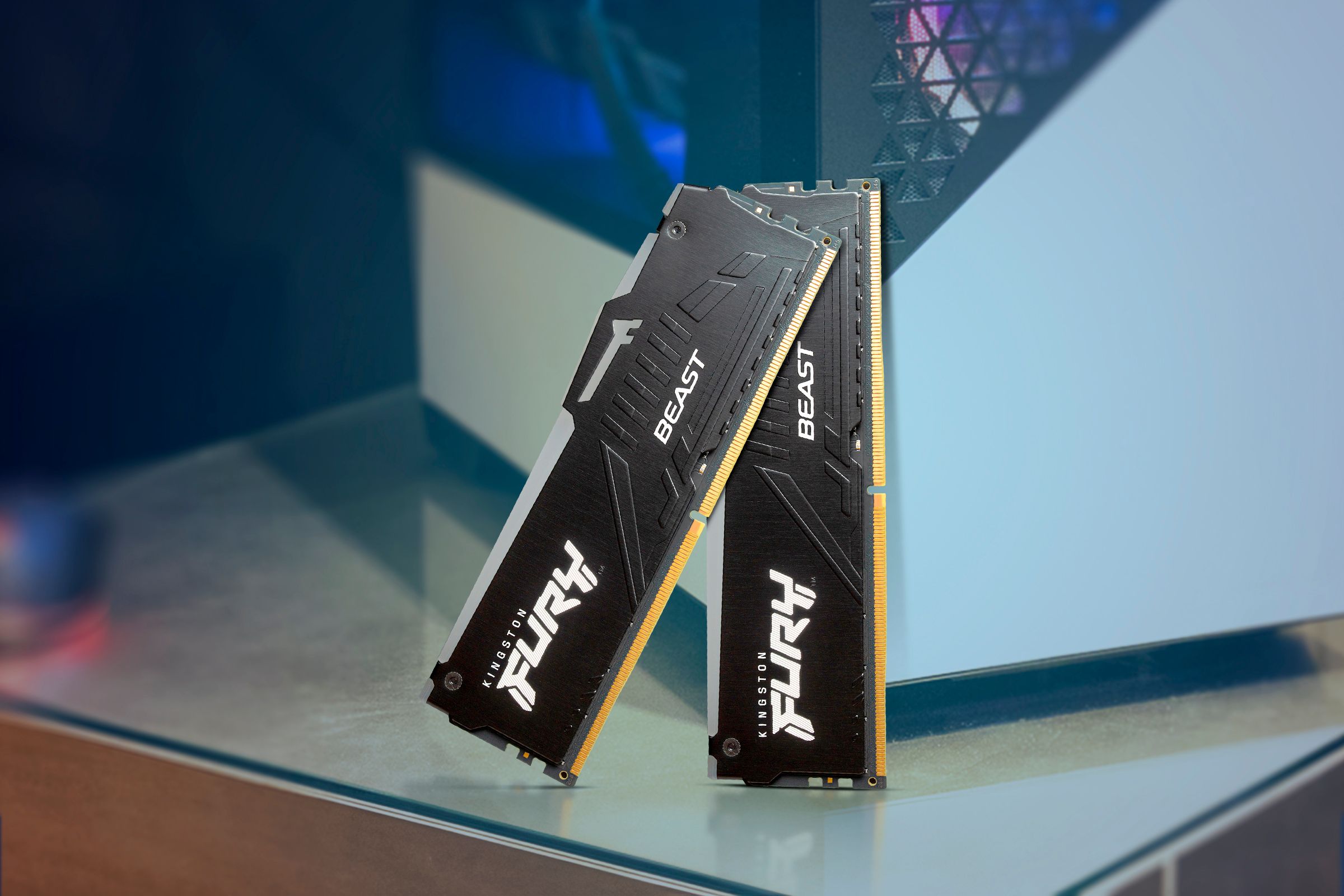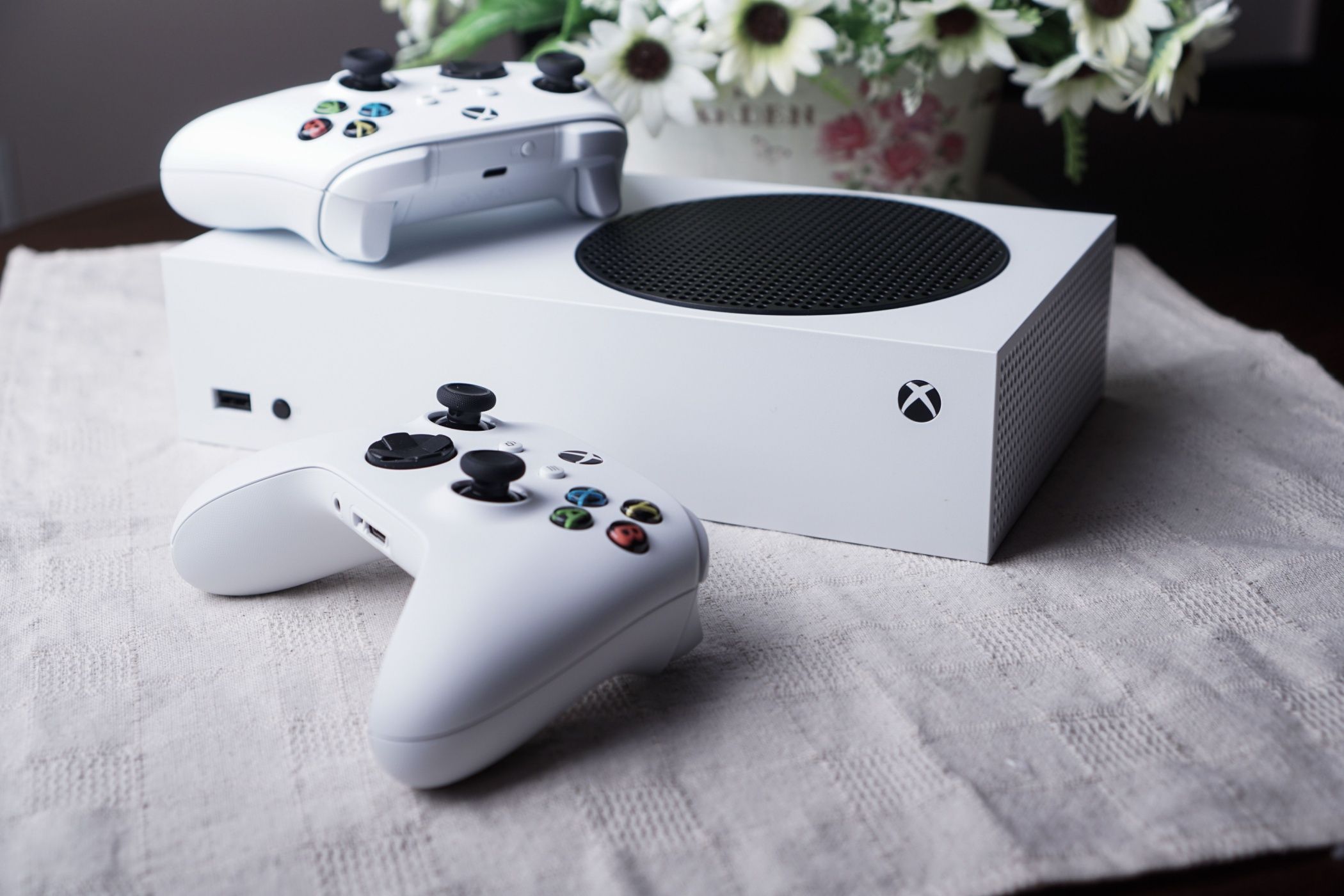Sailfish OS Linux for Phones Gets 5.0 ‘Tampella’ Update
Mobile
While the war between Android and iPhone for market dominance rages on, there’s still development on alternatives to both platforms. Finland-based tech company Jolla has released version 5.0 of Sailfish OS, its Linux-based operating system for mobile devices.
This update, nicknamed “Tampella” after a famous Finnish sauna, seems mostly focused on compatibility. Its Gecko web engine has been updated to Gecko ESR91. It also now has Wireguard support if you prefer to run VPNs with that protocol, and is made to better handle notches and rounded corners on your phone’s bezel. In keeping with the long history of Linux phones’ struggle to support basic phone functionality, Sailfish OS 5.0 introduces support for blocking unwanted calls as well. It’s shipping with version 0.3.6 of microG too, which gives your apps access to Google Play Services if you want it. I know from experience using Android alternatives like Graphene OS that you’ll probably want it if you’re planning to run many traditional Android apps.

Related
What is Wireguard, and What Makes It a Worthy VPN Protocol?
It has its strengths and some drawbacks to be aware of.
Speaking of, Sailfish OS comes with middleware for running Android apps called AppSupport, which has been upgraded to run a version of Android 13. AppSupport operates similarly to how Waydroid operates, which runs a modified edition Android inside an LXC container while integrating with the rest of the operating system. In theory, apps that run on Android 13 will also run on Sailfish OS 5.0. That means more and newer Android apps, and compatibility is everything if you want to daily drive a phone like this.
Part of this update involves making support for Jolla’s currently available hardware, the Jolla C2 Community Phone and the Mind2 AI assistant, “built into the system.” It seems Jolla really wants to showcase what Sailfish OS can do in the form of these devices in particular.
If you want to use Sailfish OS, maybe the easiest route is to get that Community Phone—assuming you live in Europe. Jolla is very upfront that this phone is for enthusiasts, not the everyday person who might be wary of Android and iPhone’s dominance. If you aren’t comfortable with the phone’s mere one year of guaranteed updates, you can also check the list of devices officially supported by Sailfish OS. You’ll find a few more phones listed in the “community hardware adaptations” list, but at that point, you’re wading into a lot of hardware flashing and potential bricking you may not want to risk.
Linux-based smartphones, retail ones especially, have historically been hard to find and use in the US. In Europe, the dream of not having to choose between iPhone and Android seems more alive. Jolla (pronounced “yolla”) has been around since 2011 when former engineers from Nokia struck out on their own to carry on the struggling mobile company’s broader smartphone development plans. Jolla is perhaps best known for its first smartphone, simply named the Jolla Phone, released back in 2013. Interestingly, Jolla filed for bankruptcy last year, and the group has since been operated by the same people under the name Jollyboys.

Related
I Ran Linux on My Smartphone, It’s Still Held Back By Hardware
Linux phones are having trouble dialing in.
Jolla is now also selling the aforementioned AI assistant device, the Jolla Mind2, which uses a version of Sailfish OS called Sailfish Core. The Mind2 runs a local LLM called Venho.ai and bills itself as a privacy-first AI assistant. It also claims to be able to connect remotely to your smartphone so you don’t have to use the likes of ChatGPT or Google Gemini to get your AI chatbot fix. This update applies to the Mind2’s Sailfish Core as well.
All in all, Jolla counts a total of 300 “improvements” and 200 bug fixes in this release. If you want to see what else Jolla has in store, read more from the official 5.0 release notes on the Sailfish OS forums.
Source: Jolla















